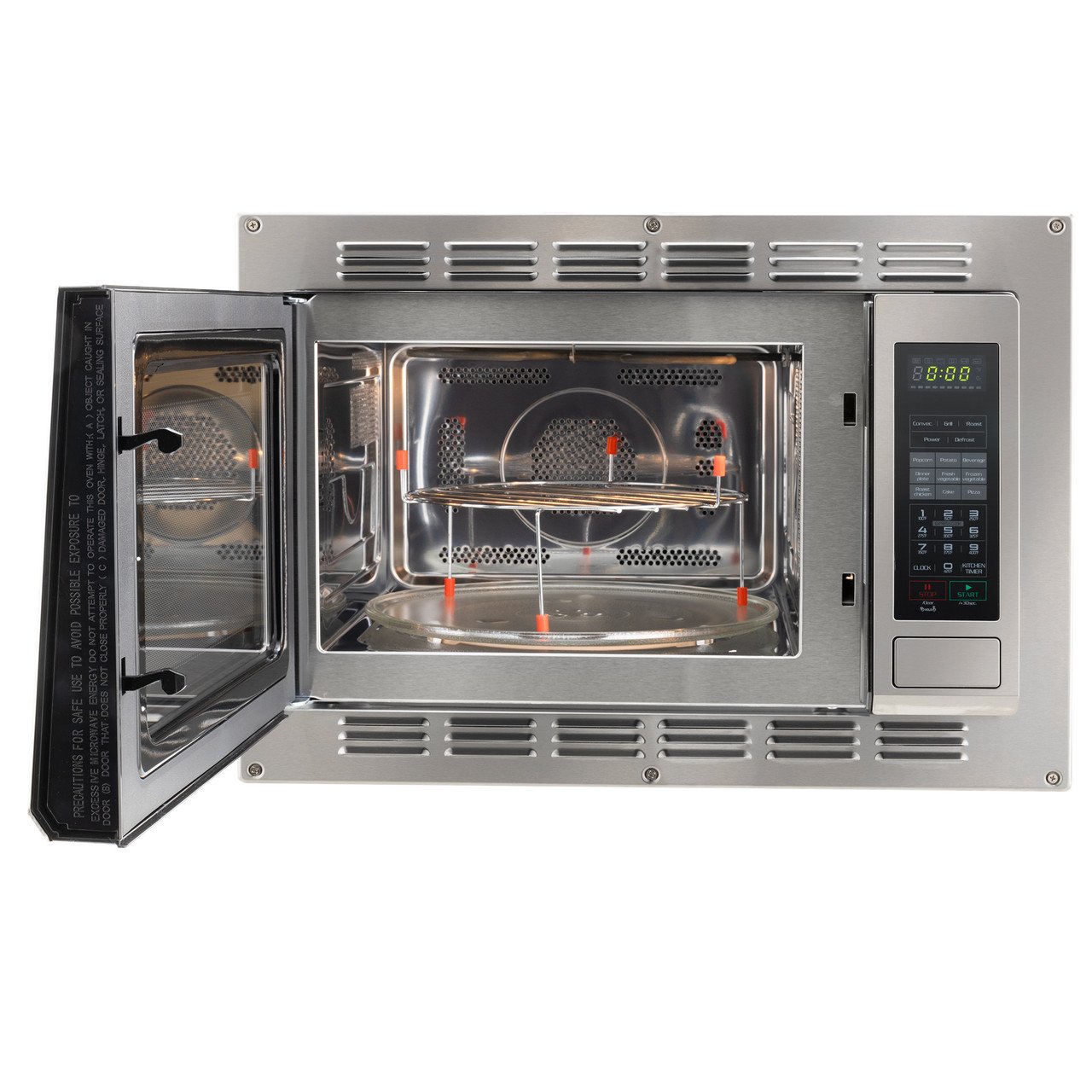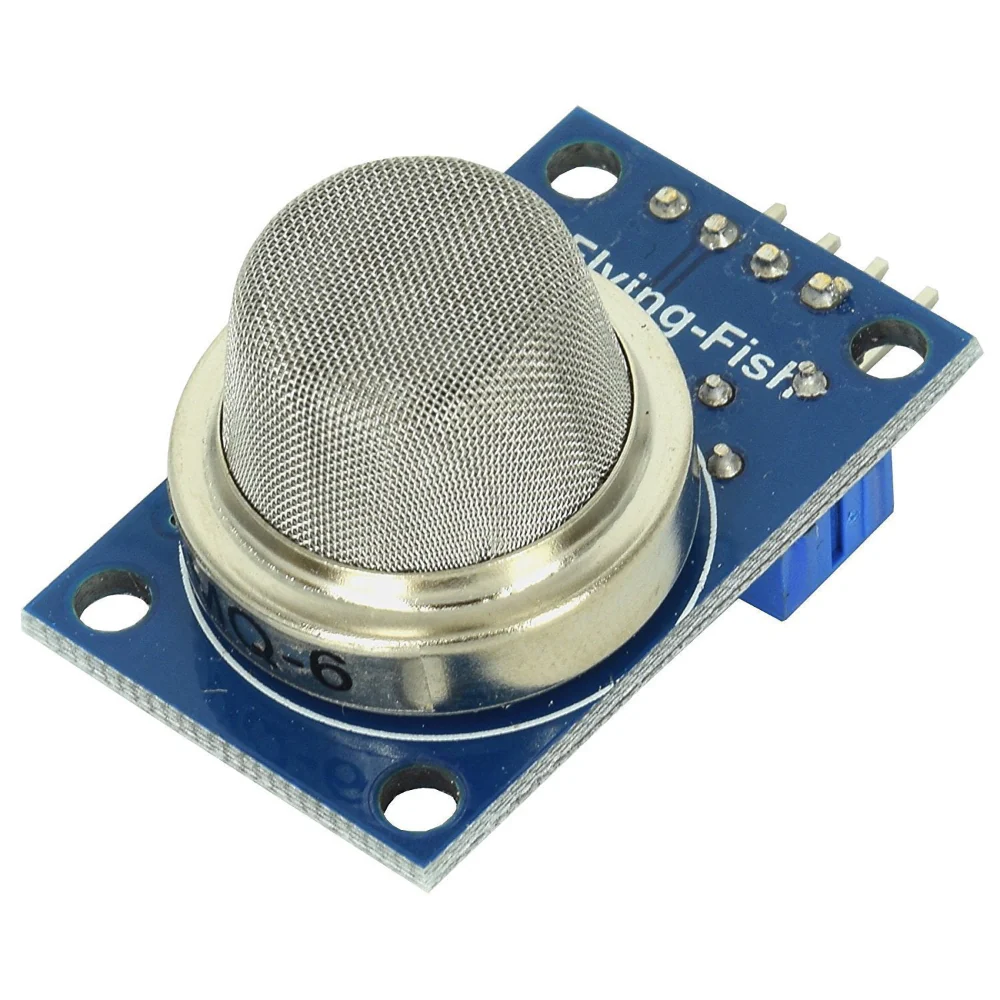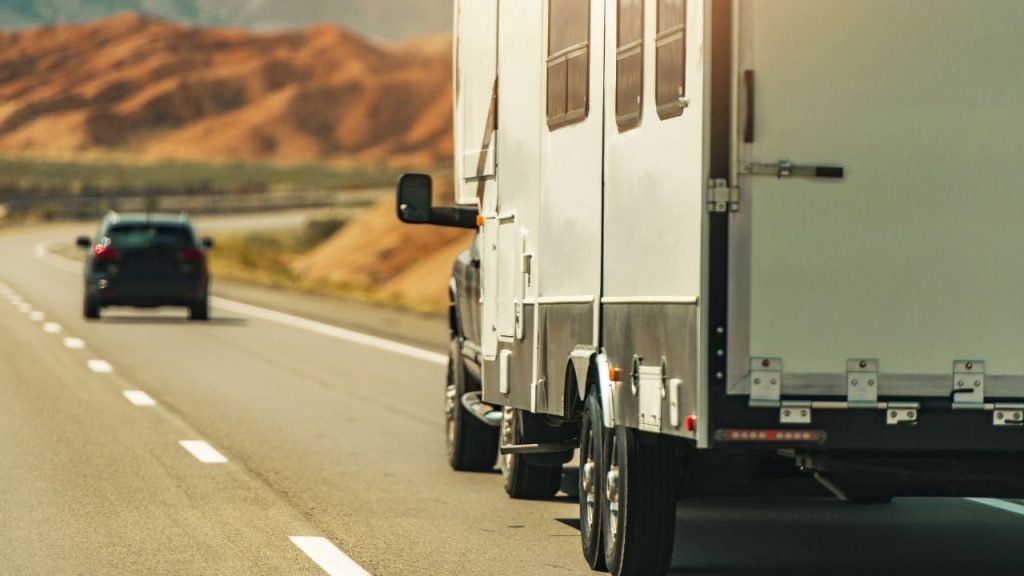Thinking about upgrading your RV kitchen? Swapping your microwave for a convection oven could be a smart move.
Cooking while on the road can be a challenge. Standard RV microwaves often fall short in versatility and performance. Enter the convection oven, a tool that offers more cooking options and better results. Imagine baking, roasting, and even crisping your meals with ease.
This upgrade not only enhances your cooking experience but also brings a touch of home to your RV. Whether you’re a full-time RVer or a weekend warrior, a convection oven can change the way you prepare meals on the go. Let’s explore why this switch might be the best decision for your RV lifestyle.
Benefits Of Convection Ovens
Replacing your RV microwave with a convection oven can transform your cooking experience. Convection ovens offer various benefits that make them a great choice for RV living. They enhance cooking versatility, improve energy efficiency, and provide consistent results.
Enhanced Cooking Versatility
Convection ovens allow you to cook a wider variety of dishes. They use a fan to circulate hot air, which helps cook food evenly. This means you can bake, roast, and grill with ease. The even heat distribution ensures that your food is cooked thoroughly. Unlike microwaves, convection ovens can brown and crisp food. This opens up new possibilities for your RV meals. You can enjoy homemade pizzas, cookies, and roasted vegetables.
Energy Efficiency
Convection ovens are more energy-efficient than traditional ovens. They cook food faster, using less energy in the process. This is especially important for RVs, where energy conservation is key. Faster cooking times also mean you spend less time preparing meals. This leaves you with more time to enjoy your travels. The reduced energy consumption can save you money on fuel and electricity costs.
Choosing The Right Convection Oven
Choosing the right convection oven can make a significant difference in your RV kitchen. Not only will it affect the cooking experience, but it will also ensure optimal use of space and resources. Below are some key considerations to keep in mind.
Size And Space Considerations
Before selecting a convection oven, measure the available space in your RV. Ensure the oven fits comfortably without overcrowding your kitchen area. Consider the oven’s dimensions, both height and width, and check if it allows for adequate ventilation.
Look at the interior capacity of the oven as well. An oven that’s too small might not meet your cooking needs. On the other hand, an overly large oven can consume more power and space than necessary.
Key Features To Look For
Several features can enhance the functionality of your convection oven. Here are some important ones:
- Temperature Control: Ensure the oven has precise temperature settings. This helps in cooking different types of food.
- Multi-Functionality: Some convection ovens can roast, bake, and grill. This versatility can be very useful.
- Energy Efficiency: Energy-efficient models save power. This is crucial for RV living.
- Ease of Cleaning: Look for ovens with non-stick interiors. This feature makes cleaning easier.
- Built-in Timer: A timer helps in cooking food accurately. It also prevents overcooking.
Consider these features carefully to choose the right convection oven for your RV.
Preparation For Installation
Replacing your RV microwave with a convection oven can greatly enhance your cooking options. Before you start the installation process, proper preparation is crucial. This ensures that your new convection oven will fit perfectly and operate safely.
Measuring The Space
Start by measuring the space where your old microwave was installed. Use a tape measure to record the height, width, and depth.
- Height: Measure from the top to the bottom of the space.
- Width: Measure from one side to the other side.
- Depth: Measure from the front to the back.
Ensure that the new convection oven will fit these dimensions. Allow extra space for ventilation.
Gathering Necessary Tools
Before you begin the installation, gather the tools you will need. Having everything ready will make the process smoother and quicker.
| Tool | Purpose |
|---|---|
| Drill | To make necessary holes |
| Screwdriver | To remove and install screws |
| Tape Measure | To measure space dimensions |
| Level | To ensure the oven is level |
| Wrench | To tighten bolts |
Ensure you also have the installation manual for your new convection oven. This will guide you through specific steps.

Credit: recpro.com
Removing The Old Microwave
Removing the old microwave from your RV can seem like a daunting task. With careful preparation and the right tools, it becomes manageable. Follow these steps to safely remove your old microwave and make room for a new convection oven.
Disconnecting Power
Before starting any removal process, ensure the power is off. Locate the main power supply and unplug the microwave. This step is crucial for your safety. Use a voltage tester to confirm there is no electrical current. Safety comes first.
Safely Unmounting The Microwave
Next, remove any screws or bolts securing the microwave. These are often found on top or sides of the unit. Carefully support the microwave as you loosen these fasteners. Slowly slide the microwave out of its bracket. Have a friend assist you if the microwave is heavy. Place the microwave on a stable surface once removed. Double-check the area for any remaining hardware or debris.
Installing The Convection Oven
Replacing an RV microwave with a convection oven can be a game-changer for your cooking experience on the road. The installation process might seem daunting at first, but with the right steps, you can have your new oven up and running in no time. This section will guide you through the key steps of positioning and securing your convection oven.
Positioning The Oven
Start by choosing the right spot for your convection oven. Ensure the location is close to a power source. Measure the space to make sure your oven fits perfectly. The oven should have some space around it for ventilation.
Use a level to ensure the surface is flat. A tilted oven can cause uneven cooking. Place the oven in the selected spot and check for any wobbling. If the oven is unstable, adjust the surface or use shims for leveling.
Securing The Oven In Place
Once the oven is positioned correctly, it’s time to secure it. Use brackets and screws to attach the oven to the cabinet or wall. This prevents the oven from moving while driving. Follow the manufacturer’s instructions for the best results.
If your oven comes with a mounting kit, use it. It provides a sturdy hold. Ensure all screws are tight but do not over-tighten. Over-tightening can damage the oven or the mounting surface.
Check that all connections are secure before using the oven. Plug the oven into the power source and test it. Make sure it operates correctly before your first cooking session.
By following these steps, you can ensure your new convection oven is installed safely and securely.

Credit: www.youtube.com
Testing The Installation
Testing the installation of your new convection oven is crucial. It ensures everything is working correctly. This step ensures you can cook safely in your RV. Below, we will guide you through the essential steps.
Checking Electrical Connections
First, examine the electrical connections. Ensure the oven is properly plugged in. Check the power outlet for any signs of damage. Ensure the breaker is in the correct position.
Next, verify the voltage. Use a multimeter to check the outlet’s voltage. Compare it with the oven’s required voltage. This prevents potential electrical issues.
Inspect the wiring. Look for any exposed or frayed wires. If you find any, repair them immediately. This ensures safe operation.
Running A Test Cook
Begin by setting the oven to a low temperature. Let it preheat for a few minutes. This checks if the oven heats up properly.
Next, place a simple dish inside. A piece of bread works well. Set a timer and monitor the cooking process. Observe if the oven maintains the set temperature.
Once done, check the dish. Ensure it is evenly cooked. This verifies the oven’s performance. If all seems well, your installation is successful.
Maintenance And Care
Maintenance and Care for your new RV convection oven is crucial for its longevity and performance. Proper upkeep can prevent common issues and ensure that your oven always functions optimally.
Regular Cleaning Tips
Keep your convection oven clean to avoid buildup of food particles and grease. This ensures better performance and hygiene.
- Daily Wipe Down: After each use, wipe the interior with a damp cloth.
- Weekly Cleaning: Use a mild detergent to clean the oven’s interior and exterior once a week.
- Avoid Abrasives: Do not use steel wool or harsh chemicals, as they can damage the surface.
- Clean the Glass Door: Use a glass cleaner to keep the door clear for better visibility.
Troubleshooting Common Issues
Even with regular care, you might face some issues with your RV convection oven. Here are some common problems and their solutions:
| Issue | Solution |
|---|---|
| Oven not heating | Check if the oven is plugged in and the circuit breaker is not tripped. |
| Uneven cooking | Ensure the oven is not overloaded. Rotate food halfway through cooking. |
| Strange noises | Inspect the fan for obstructions. Clean it if necessary. |
| Display not working | Reset the oven by unplugging it for a few minutes, then plug it back in. |
Regular maintenance and prompt troubleshooting keep your oven in top shape. This ensures you enjoy delicious meals during your RV adventures.
Cooking Tips And Tricks
Switching from an RV microwave to a convection oven opens up many cooking possibilities. It requires some adjustment, but the results are worth it. Here are some tips and tricks to make the most of your new appliance.
Adapting Recipes
Converting microwave recipes to convection oven recipes can be simple. Start by reducing the cooking temperature. Lower the temperature by 25 degrees Fahrenheit. Cooking times may also vary. Check your food a few minutes earlier than the original recipe suggests.
Use an oven thermometer. This ensures accuracy. Adjust cook times based on your specific oven. Convection ovens cook more evenly. You might find your dishes come out better than ever.
Exploring New Dishes
With your convection oven, try new recipes. Bake cookies, cakes, or even roast a chicken. The possibilities are endless. Convection ovens circulate hot air. This ensures even cooking. Perfect for baking and roasting.
Experiment with different foods. Test new recipes. Enjoy the process. Your meals will be more diverse and delicious. The convection oven in your RV opens up a world of culinary adventures.

Credit: www.youtube.com
Frequently Asked Questions
Can I Replace My Rv Microwave With A Convection Oven?
Yes, you can replace your RV microwave with a convection oven. Make sure it fits the existing space and power requirements.
What Are The Benefits Of A Convection Oven In An Rv?
A convection oven cooks food evenly and faster. It also offers versatile cooking options like baking, roasting, and grilling.
Is A Convection Oven More Energy-efficient Than A Microwave?
Yes, convection ovens are generally more energy-efficient. They cook food faster and use less electricity compared to microwaves.
How To Install A Convection Oven In An Rv?
Installing a convection oven involves measuring the space, ensuring proper ventilation, and connecting to the power supply. Follow the manufacturer’s instructions.
Conclusion
Swapping your RV microwave for a convection oven offers many benefits. Cooking becomes more versatile and efficient. Meals taste better and heat evenly. You can bake, roast, and toast with ease. Installation is straightforward and worth the effort. Enjoy healthier and tastier food on your travels.
Consider this upgrade for a more enjoyable RV kitchen experience.




